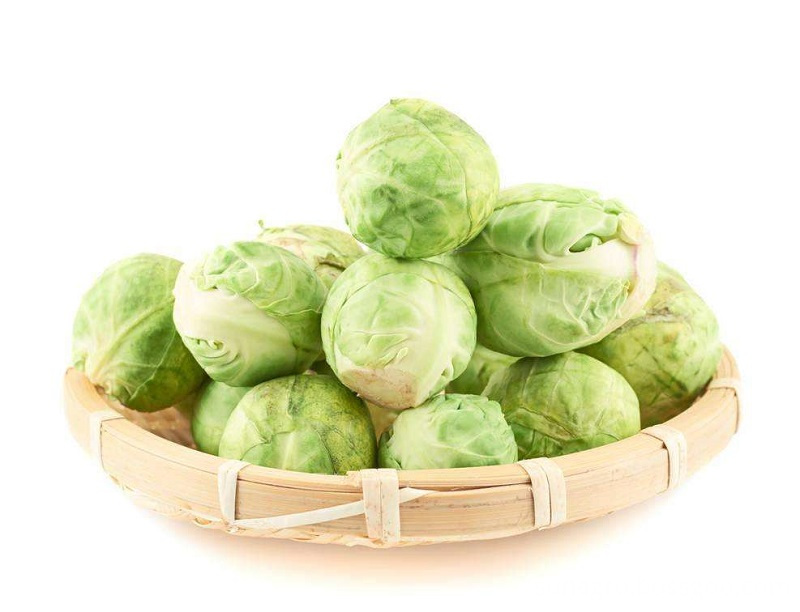What are the errors and countermeasures for fertilization?
One of the myths: Ammonium bicarbonate is applied superficially or with water. Ammonium bicarbonate has the characteristics of being easily decomposed and volatilized (it is called "gas-manure"). The shallow surface application not only has a low utilization rate, but also causes ammonia to easily escape from the soil when the temperature is high. Fertilizers tend to adhere to the stems and leaves of crops, resulting in different degrees of burns, especially when pouring in the early morning. If the amount of water is small, the fertilizer can easily remain on the surface of the soil, causing loss of nitrogen volatilization.
Countermeasures: When ammonium bicarbonate is used as top dressing, deeper application of ditching and tightly covering the soil; if waterlogging is insufficient after fertilization, it should be watered in time to increase fertilizer efficiency. Some data show that the application of ammonium bicarbonate deeper than the shallow surface can increase the utilization rate by 10% to 30%, and increase production by about 10%, which is about 8% higher than that with water pouring.
Misunderstanding two: shallow urea surface application or flood irrigation immediately after application. Urea is an amide nitrogen fertilizer. After being applied to the soil, except for a small portion that is directly absorbed and utilized by crops, most of it is converted into ammonium carbonate under the action of urease in the soil and then is used for crop absorption; the chemical nature of ammonium carbonate is very unstable and easy to distinguish. Explain the release of ammonia. The application of urea to the surface can also cause the volatilization of ammonia. If applied to the surface of calcareous soil or alkaline soil, the volatilization of ammonia is more serious. In addition, urea can not be absorbed by the soil before it is converted into ammonium carbonate. If flood irrigation is conducted immediately after fertilization, urea will be leached to a deep layer to reduce fertilizer efficiency.
Countermeasures: Urea is applied on dry land. Whether it is basal fertilizer or topdressing, attention should be paid to deep application of cover soil so that the fertilizer is placed in a moist soil layer to facilitate the conversion of urea and prevent the volatilization of ammonia after conversion; Insufficient water can be adequate, and the amount of water per acre of 20 to 30 cubic meters is better. Avoid flood irrigation. Paddy fields should be applied before irrigation, and it is best to deepen them. Generally, do not rush to water after application. Re-irrigation should be carried out every 3 to 5 days (that is, after converting to ammonium carbonate).
Misunderstanding 3: Diammonium phosphate is applied with water. Diammonium phosphate is a phosphorus-based nitrogen and phosphorus binary compound fertilizer. If it is applied with water, the fertilizer is easily retained on the surface, causing nitrogen to evaporate. Phosphorus remains on the surface of the soil and cannot be absorbed by the roots of the crop.
Countermeasures: When using diammonium phosphate as top dressing, take a deep ditch and apply a depth of about 10 cm. Apply water and water immediately after application.
Misunderstanding four: use of superphosphate seed dressing. Superphosphate contains 3.5% to 5% of free acid, which has a strong corrosive effect and is used for direct seed dressing. Especially after a long period of time after seed dressing, it is easy to corrode the seed and affect the emergence rate.
Solution: When superphosphate is used as a seed fertilizer, the fertilizer is applied under or to the side of the seed to isolate it from the seed.
Misunderstanding 5: Use calcium magnesium phosphate as top dressing. Calcium magnesium phosphate fertilizer is a weak acid-soluble phosphate fertilizer, insoluble in water, fertilizer effect is slow, it is not suitable for top dressing.
Countermeasures: Calcium, magnesium and phosphate fertilizers are used as base fertilizers and applied early to allow them to dissolve and transform in the soil for a longer period of time. In order to increase fertilizer efficiency, calcium magnesium phosphate fertilizers can also be mixed with organic fertilizers or co-piled and applied.
Misunderstanding 6: Human waste is mixed with plant ash for storage and application after stacking. In rural areas, many farmers are accustomed to spreading ash in pits to absorb urine or to mix human waste with ash. As the plant ash is an alkaline substance, contact with human excreta will accelerate the volatilization of ammonia and increase the loss of nitrogen. According to the test, the mixing of the plant ash with human urine (1:1.5) for 3 days can make the loss of nitrogen 27.4%. Loss of 85.6% over 3 months of storage.
Countermeasures: Change the misuse of mixed human and fecal urine and plant ash, and implement sharing.
Misunderstanding 7: Apply human urine directly to vegetables. Human fecal urine often contains many kinds of pathogenic bacteria and parasite eggs. If it is not detoxified without being cooked, it will be directly applied to the vegetables and will cause the vegetables to be contaminated and affect human health after eating.
Countermeasures: First carry out harmless treatment, such as capping, sealing and stacking, and disinfecting the drug, and then apply it on vegetables.
Our factory introduction, with a large modern farm base and processing plants.
Our factory has 40 people to control the quality and inspect the goods.
Cabbages are carefully processed and packed to international standards.
A comprehensive and fully transparent system that allows full traceability of all products from factories to cold storage to customer markets.
A quality control team to ensure customers get the best quality of cabbage, we are committed to providing our customers with the best quality products at the most competitive prices.

Fresh Cabbage,Organic Fresh Cabbage,Fresh Green Cabbage,Export Fresh Cabbage
Jining Sunagro Trade Co., Ltd. , http://www.sunagro-food.com